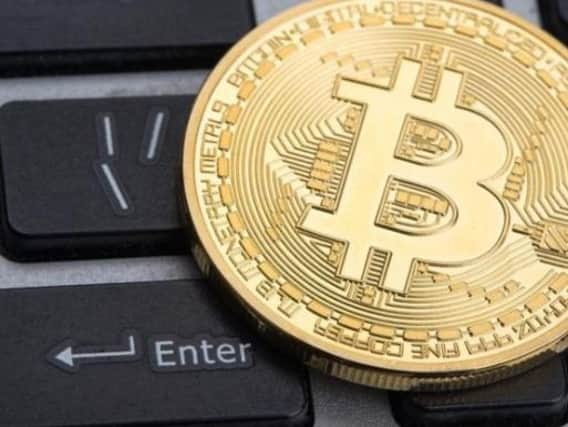What is Bitcoin mining and how does it work?


In February, the price of Bitcoin soared by 17 per cent to $44,220 (£31,153) - a record high at the time - when electric car manufacturer Telsa revealed it had bought around $1.5bn (£1.1bn) of the cryptocurrency.
And in March, it rose even further when chief executive Elon Musk announced customers would be able to buy Telsa products with Bitcoin.
Advertisement
Hide AdAdvertisement
Hide AdHowever, Mr Musk backtracked on that policy less than two months later, claiming "cryptocurrency is a good idea on many levels" but he had concerns about “rapidly increasing use of fossil fuels for Bitcoin mining and transactions”, and this triggered a 17% drop.
The price then hit a three-month low, when the eccentric billionaire responded to a tweet claiming Telsa would dump its Bitcoin holdings with the word “indeed”, although he later added: "To clarify speculation, Tesla has not sold any Bitcoin."
How does Bitcoin work?
People can buy Bitcoins using traditional currency and make or receive payments with them. A small number of Bitcoins are also created to reward miners who verify transactions.
Each Bitcoin is like a file, which can be stored on a computer or smartphone in what is known as a Bitcoin wallet.
Advertisement
Hide AdAdvertisement
Hide AdThe cryptocurrency is not controlled by a government, bank or any other financial regulator, but every single transaction is stored on a public and chronological record known as a blockchain.
That means the history of each Bitcoin can be traced, to ensure that no one is spending coins they have already spent or making copies.
What is Bitcoin mining?
When a new transaction is completed, it is then verified and placed in a group of verified transactions, known as a block.
Roughly every 10 minutes a new block is added to the blockchain, through a process known as mining.
Advertisement
Hide AdAdvertisement
Hide AdMiners use sophisticated computers, which are connected to the cryptocurrency network, to complete incredibly complex mathematical calculations to verify each transaction.
This then produces a blockchain that is effectively impossible to alter.
Miners compete to see who can solve the problem first and add the block to the blockchain. The winner is rewarded with a small amount of newly generated Bitcoins.
To do this, they use large numbers of powerful computers, known as mining rigs, which drain a lot of electricity. Some of the largest mining rigs occupy several warehouses.
Advertisement
Hide AdAdvertisement
Hide AdResearchers at the University of Cambridge say it consumes around 121.36 terawatt-hours (TWh) of energy a year - that’s more than the entire country of Argentina.
The calculations that need to be completed to verify transactions are becoming increasingly difficult and the reward halves every four years.
When Bitcoin first launched, the reward was 50 bitcoins, but by February 2021, miners received 6.25 bitcoins for every new block they mined - that is currently worth around £197,639.